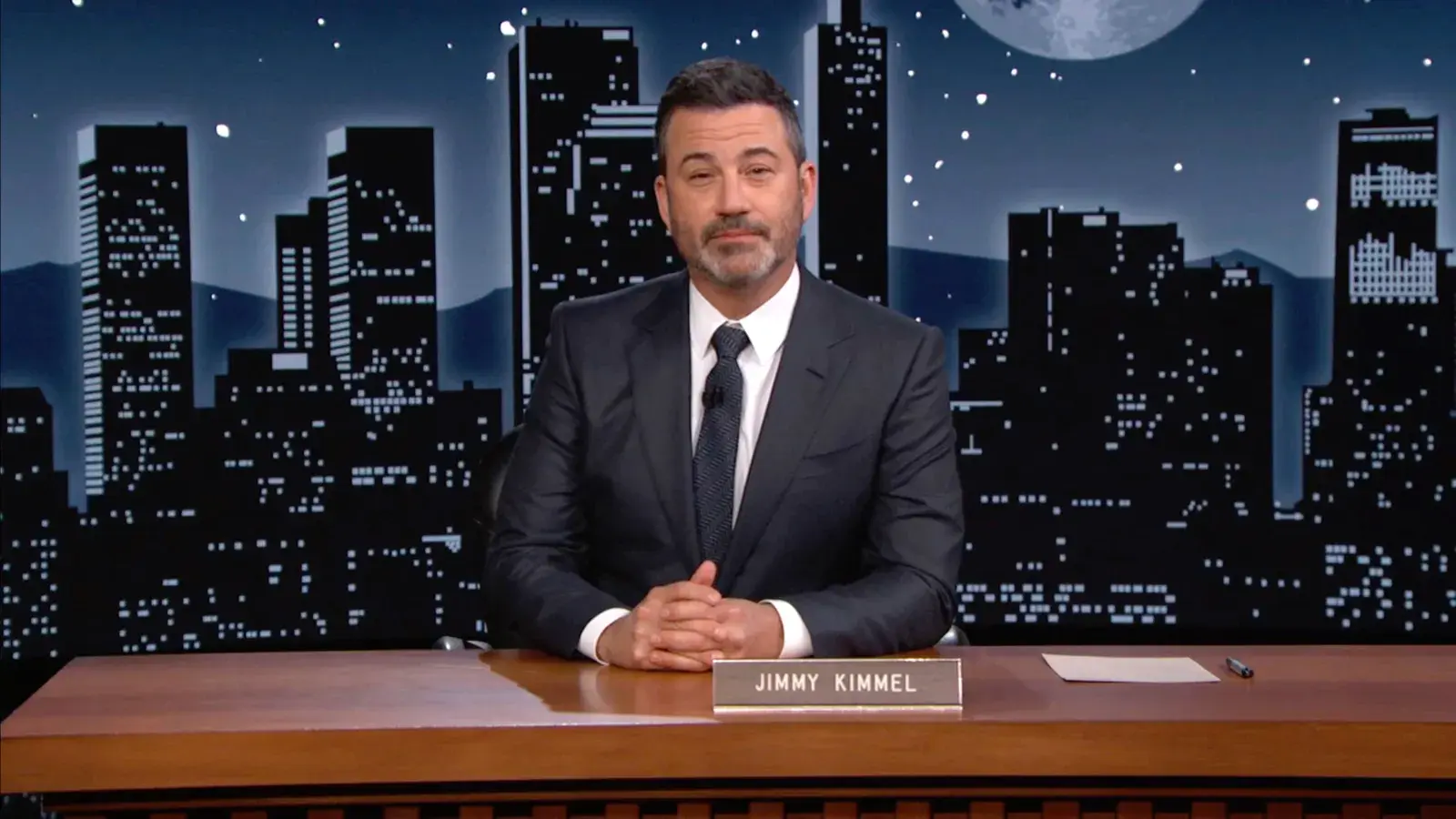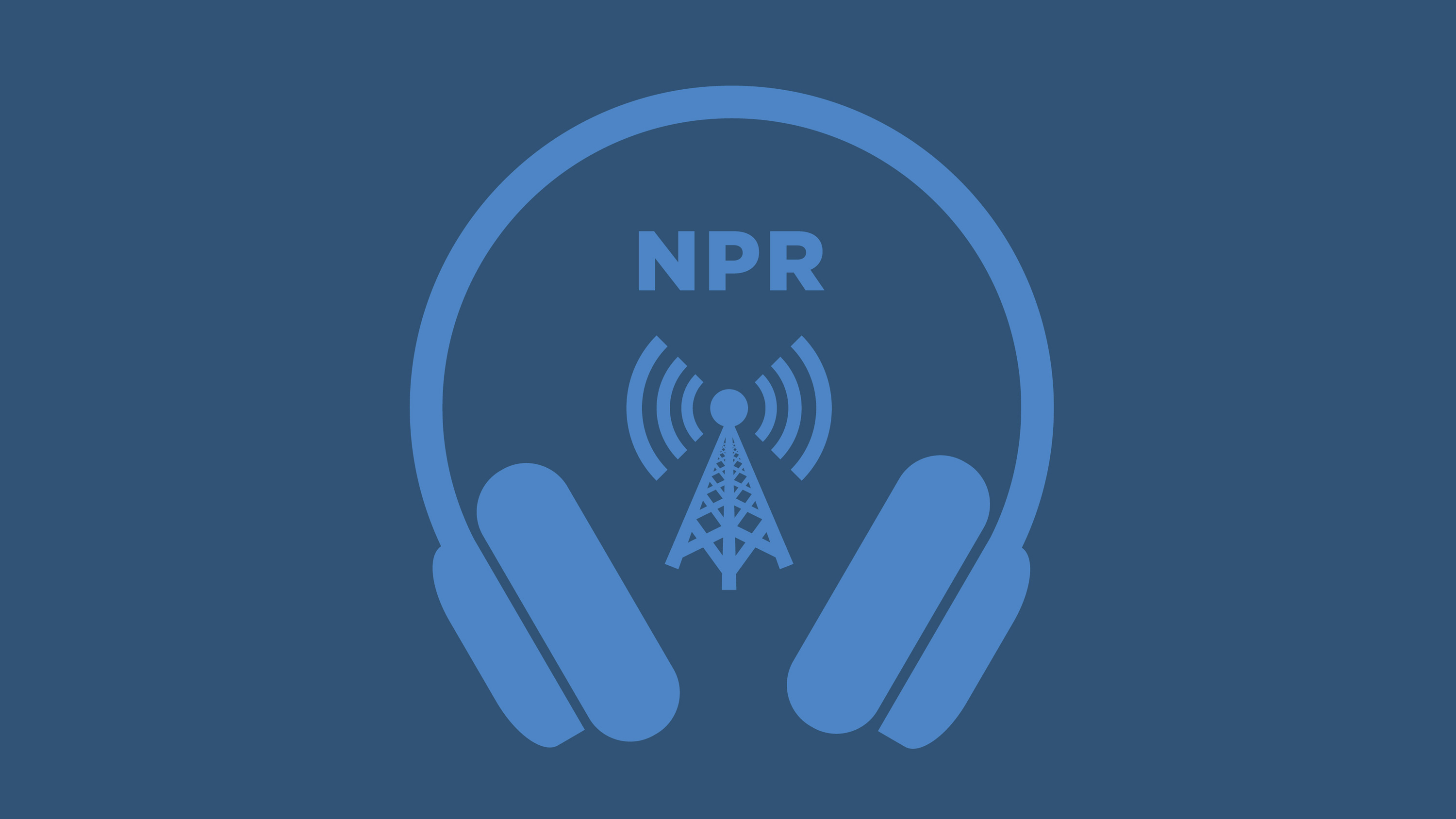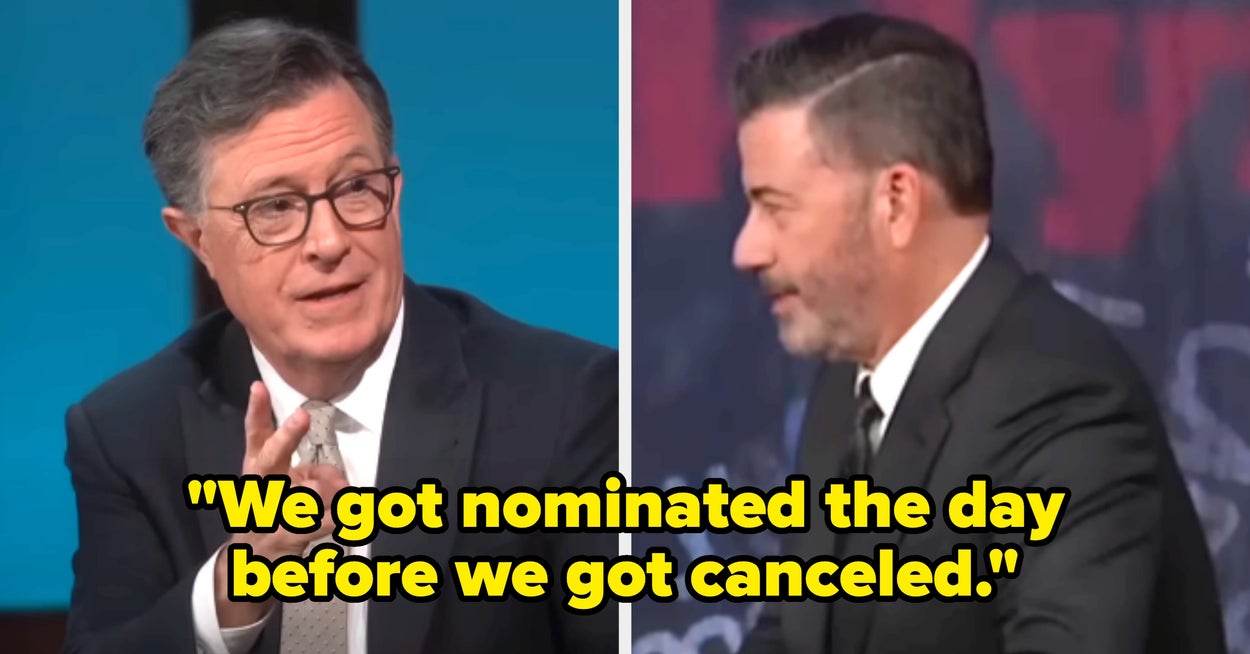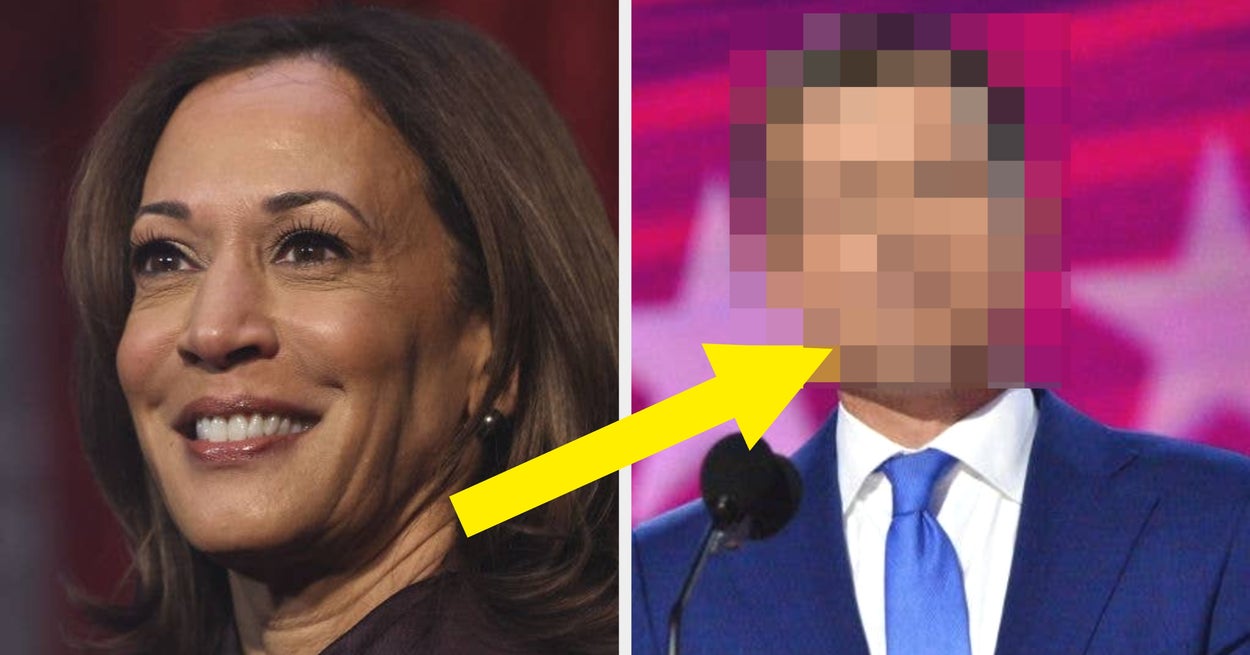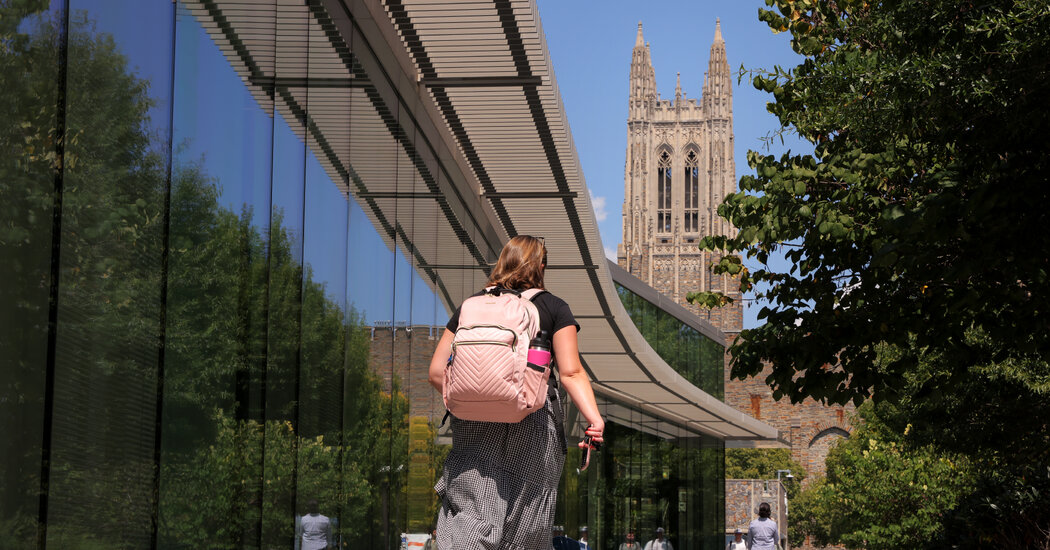
The Trump administration had for months been expanding its nationwide attack on higher education. But Duke still made for an odd target.
Leaders of the school, North Carolina’s largest private university, embraced a stealth strategy as other elite colleges fell into the Trump administration’s cross hairs, avoiding showy standoffs with the government for interfering in academic affairs. The campus is a relatively conservative place, protests over the war in Gaza were muted and it had begun dialing back some diversity efforts.
The Trump administration came for it anyway.
In late July, Trump officials announced they would investigate Duke over the criteria its student-run law journal used to select editors. They also accused the university’s health system of “systematic racial discrimination,” without citing any specific incident.
Duke’s turn on the hot seat provides a window into how the administration’s priorities broadened in recent months, from a focus on antisemitism to efforts to stamping out diversity measures.
It also highlights how the administration has sown confusion and fear in higher education as it chooses its targets — and its favorites.
Even as the administration has picked out one set of elite institutions it disfavors for drastic funding reductions, it asked others this week to sign a compact agreeing to certain demands in return for preferential treatment.
The schools picked for punishment or favor can seem to have little in common. But while the choice of one school over another may seem haphazard, Duke’s case in particular has raised concerns among the president’s critics that the administration’s politics are often personal.
Why Duke?
Some at Duke’s sprawling Gothic campus in Durham speculate that Stephen Miller, President Trump’s confidante, played a role in earmarking the school for funding cuts.
Mr. Miller earned a bachelor’s degree in philosophy from Duke in 2007. Now, he oversees the White House policy operation, and no significant measure emerges from the West Wing without his awareness, input or direction, including a federal investigation into his alma mater. Two senior administration officials, however, said Mr. Miller was not the driving force behind the investigation.
One of Mr. Miller’s recurring themes was viewpoint diversity, an idea that Republicans would embrace in the years ahead, including the current administration.
Mr. Miller did not champion airing all viewpoints. He criticized then President Richard Brodhead for allowing a pro-Palestinian conference on campus. He said the group had ties to a terrorist organization, but did not provide evidence for the accusation.
He also embraced other conservative critiques of higher education, suggesting that the women’s studies and African American studies departments were run like political parties, and criticizing affirmative action as a “paternalistic policy endorsed by white liberals more concerned with how they look to their elitist friends than to the well-being of the minorities they claim they want to help.”
The investigation into Duke was announced in late July. Linda McMahon, the secretary of education, said the government had found policies that were “an affront not only to civil rights law, but to the meritocratic character of academic excellence,” when she announced a joint investigation with Health and Human Services.
It appears Trump officials targeted Duke based at least partly on news reports, as they have at other institutions. Officials cited reporting from The Washington Free Beacon, a conservative newspaper, in outlining its complaints about the Duke Law Journal.
A hiring packet for the journal said applicants would receive some credit if their personal statements addressed how their identity, including membership in an underrepresented group, contributes to scholarship and “promoting diverse voices in legal academia.”
Conservative critics say such criteria show that universities are subverting a 2023 Supreme Court ruling ending affirmative action in college admissions.
“Everyone knows what ‘underrepresented group’ means in academia,” said David Bernstein, a conservative law professor at George Mason University.
The allegations about Duke’s medical programs lacked specificity. Trump officials said in a letter that they were investigating illegal racial preferences in recruitment, admissions, hiring, scholarships, financial aid and mentoring and enrichment programs. The letter, addressed to Vincent Price, Duke’s president, called for the creation of a “Merit and Civil Rights Committee,” a group of Duke leaders and medical faculty “devoted to genuine excellence.”
The administration immediately froze $108 million in research funding to the university, before finishing the investigation.
The university has not made any statements about the investigation, and it did not respond to several requests from The New York Times. Mr. Miller also declined an interview request.
The Trump administration signaled it would seek to roll back racial equity efforts from its earliest days, with orders trying to ban D.E.I. and to interpret a ban on affirmative action in college admissions more broadly. The recent investigations into Duke and other schools show how Trump officials are trying to put that thinking into action.
“D.E.I. has been in the target zone since Day 1,” said Ted Mitchell, president of the American Council on Education, an industry trade group, “and we’ve been waiting to see how it would play out.”
Making Race the Focus
This summer, the administration demanded an apology from the first Black president of George Mason University, because of his support for diversity efforts. It forced the resignation of the president of the University of Virginia, also because of his support for diversity.
And in August, Mr. Trump ordered federal authorities to collect data from universities on race, gender, test scores and grade-point averages of applicants.
The executive action delivered a priority for conservatives who suspect universities are giving minority applicants a boost, and clarified the administration’s new mission: “exposing unlawful practices and ultimately ridding society of shameful, dangerous racial hierarchies.”
Erwin Chemerinsky, the dean of the Berkeley law school, said that the Supreme Court ruling did not extend beyond admissions to the selection of law journal editors.
“As written, this is not a preference based on race,” he said of the law journal’s criteria. (Mr. Chemerinsky’s son was the top editor of the Duke Law Journal 16 years ago.)
Even before Trump took power again, universities faced public and political pressure to pare back diversity efforts. They have often erred on the side of safety.
“Duke’s focus on race instead of merit is immoral, illegal and hurts the quality of medicine,” Stanley Goldfarb, the group’s chairman, said in a statement.
In the last couple of years, Duke has ended an optional diversity statement in a law school application packet, discontinued a scholarship for “top applicants of African descent,” and shifted to an “inclusive excellence” approach, including in the medical school, in which programs could be geared toward certain groups but open to everyone, according to The Duke Chronicle, the student newspaper.
Now, even that approach is in question.
Capitulation or Course Correction?
On campus, the reaction — to the university’s moves, and to the Trump attack — has been muted. A recent visit to campus found no signs of protest or activism. Unlike on other campuses, faculty members, too, have been remarkably quiet.
The Trump administration’s focus on race has tapped into a sense among the public and on campus that some efforts by college campuses to improve racial diversity went too far. Only about a third of people said diversity programs reduced discrimination against minorities, according to a recent Associated Press poll.
But Mr. Trump has also flattened any nuance. Some programs, like mentorship efforts and clubs for underrepresented students, enjoy more public support than the broader idea of diversity, equity and inclusion.
